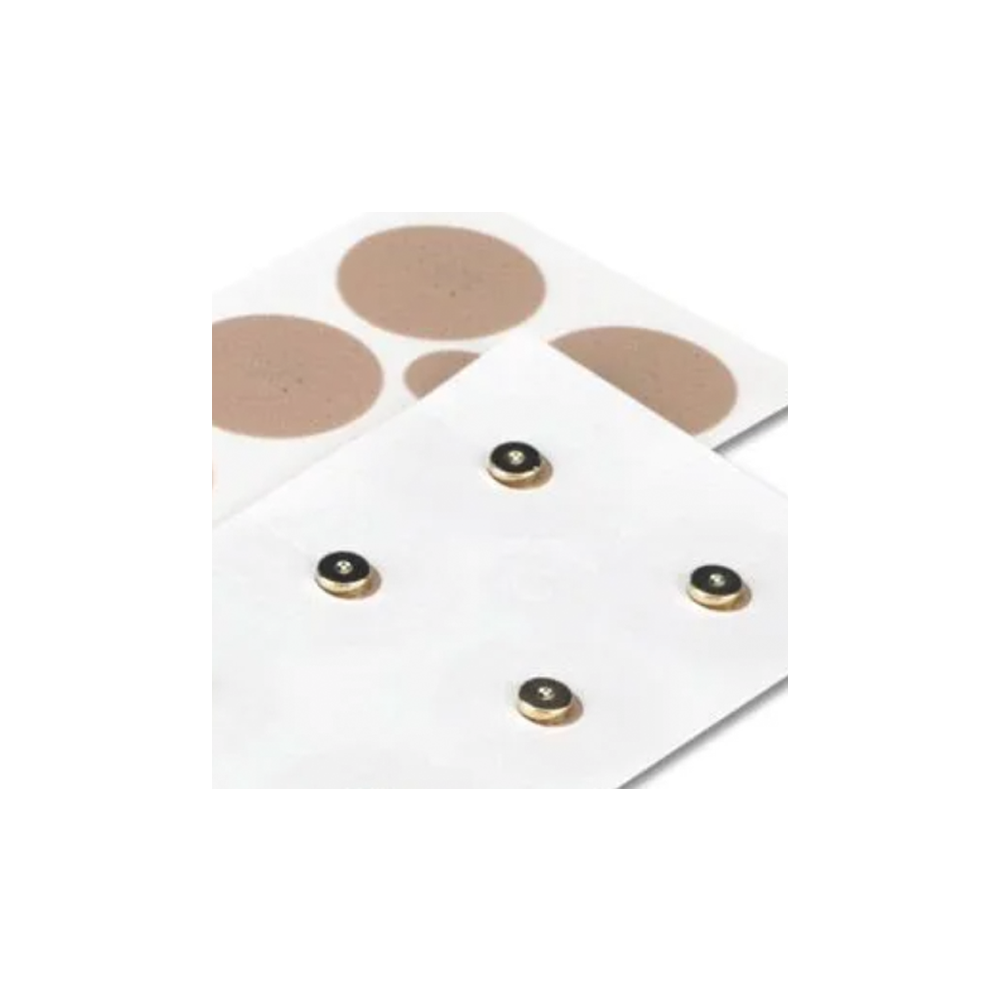Mai Men Dong, or Ophiopogon japonicus, is a perennial herb that thrives in East Asia, especially in China, Japan, and Korea. Part of the Asparagaceae family, it’s often called dwarf lilyturf root. Its tuberous roots have been cherished in traditional Chinese medicine (TCM) for centuries.
Botanical Characteristics
This unique herb is easily recognized by its grass-like, evergreen leaves and delicate violet flowers that appear in summer. By fall, the plant produces small, blue-black berries. The roots, which are carefully harvested in summer and dried, are the key part used in TCM.
Traditional Uses in Chinese Medicine
In the world of TCM, Mai Men Dong is known as a yin-tonifying herb. It’s traditionally said to influence the heart*, lung*, and stomach* channels and is described as having a sweet yet slightly bitter taste with a mildly cooling nature. Practitioners often pair it with other herbs in carefully crafted formulas.
Cultural and Historical Context
Mai Men Dong has a rich history, appearing in many classical TCM formulas. Ancient texts highlight its significance in Chinese herbal practices. Over time, its uses have continued to adapt, with modern TCM practitioners finding new ways to incorporate it into their work.
Conclusion
Mai Men Dong (Ophiopogon japonicus) has a deep-rooted legacy in traditional Chinese medicine, valued for its distinctive characteristics and cultural importance. As always, it’s best to consult a knowledgeable practitioner to ensure it’s used thoughtfully and in harmony with TCM principles.
*these terms strictly refer to TCM terminology and are not tantamount to biomedical definitions











